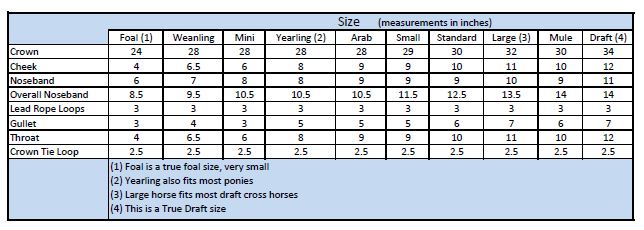

If the pipe length is doubled, the frictional head loss generated will also be twice that of the previous length.Head loss is cut by half (for laminar flow) when the fluid’s viscosity is also halved.When analysing the Darcy-Weisbach equation (most common head loss equation used to calculate major head losses in a pipe) some interesting relationships can be determined: I = unit length head loss (hydraulic gradient) Head loss along a pipeline can be designated by the following equation: Head Loss in Water Pipelines Water pipeline where this equation applies. The second form Darcy’s equation is used to calculate the value of individual system components minor losses. Loss coefficient values for general situations and typical fittings can be found in most standard fluid dynamics handbooks. Therefore a convenient way of addressing the minor losses in flow is in relation to the loss coefficient (k). The resulting data, in particular for valves, are dependent on the specific part and the design that the manufacturer went with.įor turbulent flow minor losses, the head loss varies as the square of the velocity. Minor losses are generally measured experimentally. This is not technically correct as the majority of the time the value of the “minor” losses are greater than that of the frictional losses in the straight piping sections, as discussed in the previous section. are sometimes referred to as minor losses or local losses. Losses within pipes that are caused by elbows, bends,valves, joints etc. It can also be measured in a column of water with a standpipe piezometer, using a common datum relative to the height of the water. It can be calculated in an aquifer from the depth of water in a piezometer well, with specific information regarding the piexometer’s screen depth and elevation. It is typically measured as a liquid surface elevation, at the bottom (entrance) of a piezometer. Hydraulic head (piezometric head) is a particular measurement of liquid pressure over a vertical datum. Hydraulic Head Water is pushed through from the top tank to the bottom basin by hydraulic head pressure. If a pipe run is on a friction slope that is calculated, and corresponds to the cross section, roughness coefficient and rate of discharge, the hydraulic gradient is parallel to the top of the conduit. The difference between the elevations of both of the water surfaces in each of the successive tubes, separated by a length of pipe, represents the friction loss for that specific length of pipe. The hydraulic gradient is the particular point of elevation to where the water level would rise to if left exposed to atmospheric pressure (for example in piezometer tubes) along a pipe run.

Darcy’s equation has two forms: the first calculates the losses in a system due to the pipe length. Frictional Head Lossĭarcy’s equation for head loss, which is a mathematical relationship, can be used to calculate frictional head loss. The Moody chart denotes what the value of the friction factor will be, depending on the relative roughness and the Reynolds number. The Darcy-Weisbach equation is an empirical equation, and is one of the most flexible head loss equations for a segment of pipe. In the real world, the loss of energy due to friction inside of a pipe brings about an increase in the internal energy (temperature) of the fluid. The total loss of energy is a result of the law of conservation of energy. Head loss is a loss of energy, but it is not the total loss of energy for the fluid. Head loss is inversely proportional to the pipe’s diameter. It is directly proportional to the square of the fluid velocity, length of the pipe and the term that represents the dimensionless fluid factor, known as the friction factor or the Darcy friction factor. Source.įrictional losses, unlike velocity losses are not negligible in system calculations. It is created by the friction between the walls of the pipe and the fluid, the turbulence that is caused whenever the flow is affected or redirected in any way by the piping entrance or exit, valves, pumps, fittings and flow reducers. Head loss cannot be avoided in real fluids, and its importance is relative to the value of the total head. Head loss is defined as the pressure loss due to viscous effects over a certain distance of pipe for an incompressible fluid, also including the additional losses accrued by fixtures etc. Head loss is potential energy converted into kinetic energy.


 0 kommentar(er)
0 kommentar(er)
